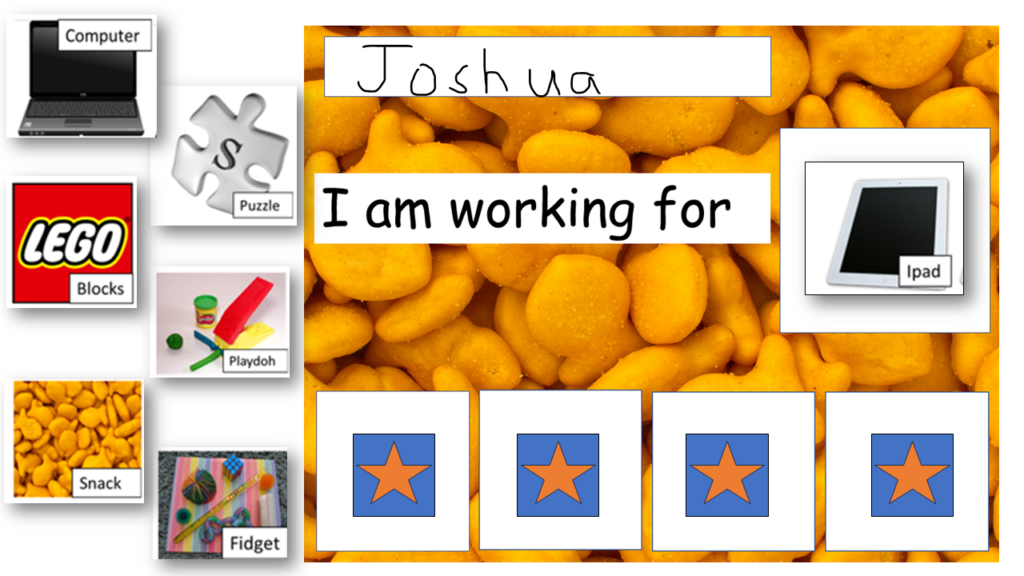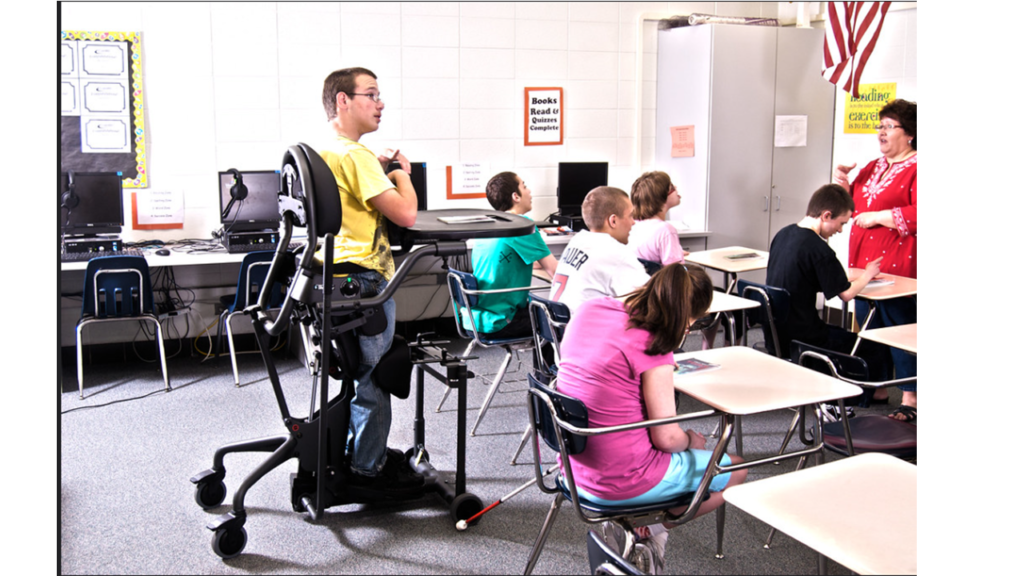Greetings awesome teachers! I hope everyone has had an amazing week. In my last post I shared the need to teach IEP Goals, Evidence Based Programs, and the Standards of Learning This post is going to dive into how to teach evidence-based programs.
So, let’s talk about evidence-based programs. In the No Child Left Behind law, there is a clause stating that students with IEP’s need systematic, targeted instruction using evidence-based programs. These are also sometimes called research-based programs. The law says it, so we must do it.

There are several of these programs available for reading and you are probably already using one. They go by the names of Early Literacy Skills Builders, Early Rading Skills Builders, Corrective Reading Decoding, Corrective Reading Comprehension, Reading Mastery, and a variety of others. There are also programs available for higher functioning students, such as Language!, as well as similar programs for math instruction.
You need to set aside time every day for instruction in one of these programs. To show that these programs work, they need to be used with “fidelity”. This means you need to deliver instruction regularly, and by “the book”. All these programs come with scripts and data collection methods, so you do not have to reinvent the wheel. They also all have placement tests to begin with. So, in theory…
Delivery should be quite simple.
- Using your Brigance data, choose an evidence-based program appropriate to the student’s needs. If you are not sure what program to start with, see the What If You Get Lost section below. Administer the evidence-based program provided placement tests, preferably one on one.
- Use the data (this is your baseline data), to place the student at the appropriate level and lesson in the evidence-based program.
- Teach using the instructional materials provided in the program.
- Progress monitor using program materials.
- Identify growth areas and place them on a graph (typically you need to make the graph using an excel spreadsheet. This is not part of any program but will make you look amazing in the IEP meeting).
- Place the graph and student work samples into a pretty binder that you made with the student’s picture on the front, (more on this in another post).
- When at the IEP meeting display the graph showing that the student has progressed from level 1 to level 14, or whatever their growth was.
- Bask in the knowledge that you have made the parents happy and impressed your administrator.
Applied behavior analysis strategies are your superpower.
It all sounds so easy, right? That is until you sit down to give the placement test and the student either tries to eat it or, (more likely,) attempts to elope from the area. As they lie like a noodle on the floor, you wonder how in the world you are going to accomplish the task.

This is where your ABA strategies come in. By now, you should have developed a relationship with your student and have an idea of what motivates them. If they are demonstrating maladaptive behaviors, (and they probably are), you should be using some type of reinforcement system to get them to comply with work tasks or requests. The use of ABA reinforcement systems is a huge topic, and not what we are talking about here. See my upcoming ABA series of posts for that crucial information.
So, back to English. You use a token board, reinforcer, tickets, edibles, attention, lack of attention, or any other thing that works, to get your student off the floor and back to the assessment. Once they have completed the placement test, you have a program level. This is your evidence-based program baseline data for that student. (Yay! That part is done for the year!)
Now you can walk into an IEP meeting and state that, based on Johnny’s Brigance Oral Reading score, (upper 2nd grade), you placed him in the Corrective Reading Decoding program. The CRD (Corrective Reading Decoding) placement test indicated that he should start at level B, lesson 1.
I’m a paper and pencil kind of girl and I make my own teacher planners. In my planner I have a form I created specifically for this kind of data. I have a FREE one here to download. I’ll get more into that once we go over how to teach your English class in total.
What if you get lost?
Now, here is the caveat for your evidence-based programs: you will need to begin with your Brigance data to determine which program to start with. If you collect your Brigance data and are unsure of which program to start with, call in your school curriculum person.

Each school or county or district will have a curriculum person. I have been in schools where the curriculum person’s office was right next to my classroom, and I have taught in a huge county where I needed to locate the person, and then invite them out to look at my Brigance data with me. The curriculum person’s entire job is literally helping you with curriculum, so don’t be afraid to contact them. It is what they are there for.
Recapping the steps.
Using the Brigance data, you choose which program you want to use, give the student the placement assessment, and record the assessment data (your baseline) somewhere that is easy to reach, because someone will ALWAYS ask you for it. Teach and progress monitor growth using program materials, and graph progress using excel. Walk into your IEP and amaze everyone with your teaching and organizational prowess!
Boom, evidence- based programs: done.
Remember to comment or e-mail me with any questions. This can be a lot of information depending on your experience level.
Evidence based programs are only one part of what you need to teach each day. There are also the Standards of Learning and IEP goals. In my next post we will move on to the standards of Learning.

I have taught in special education for 16 years and I have tons of information to share with you! Please feel free to put any questions into the comments box below or you can e-mail me at michelle@specialeducationdepot.com.
I also have an extensive Teachers Pay Teachers store: Special Education Depot. Every item there has been used with special education students in a special education classroom. I begin every lesson with a Free Primary Text Power Point that you can find here. I have students highlight the important information on a student copy as I highlight on the board. This is an activity that EVERYONE can do, regardless of ability!
Next we’ll talk about the Standards of Learning, followed by IEP goals.
Everyone have a great week! And happy teaching!
-Michelle




